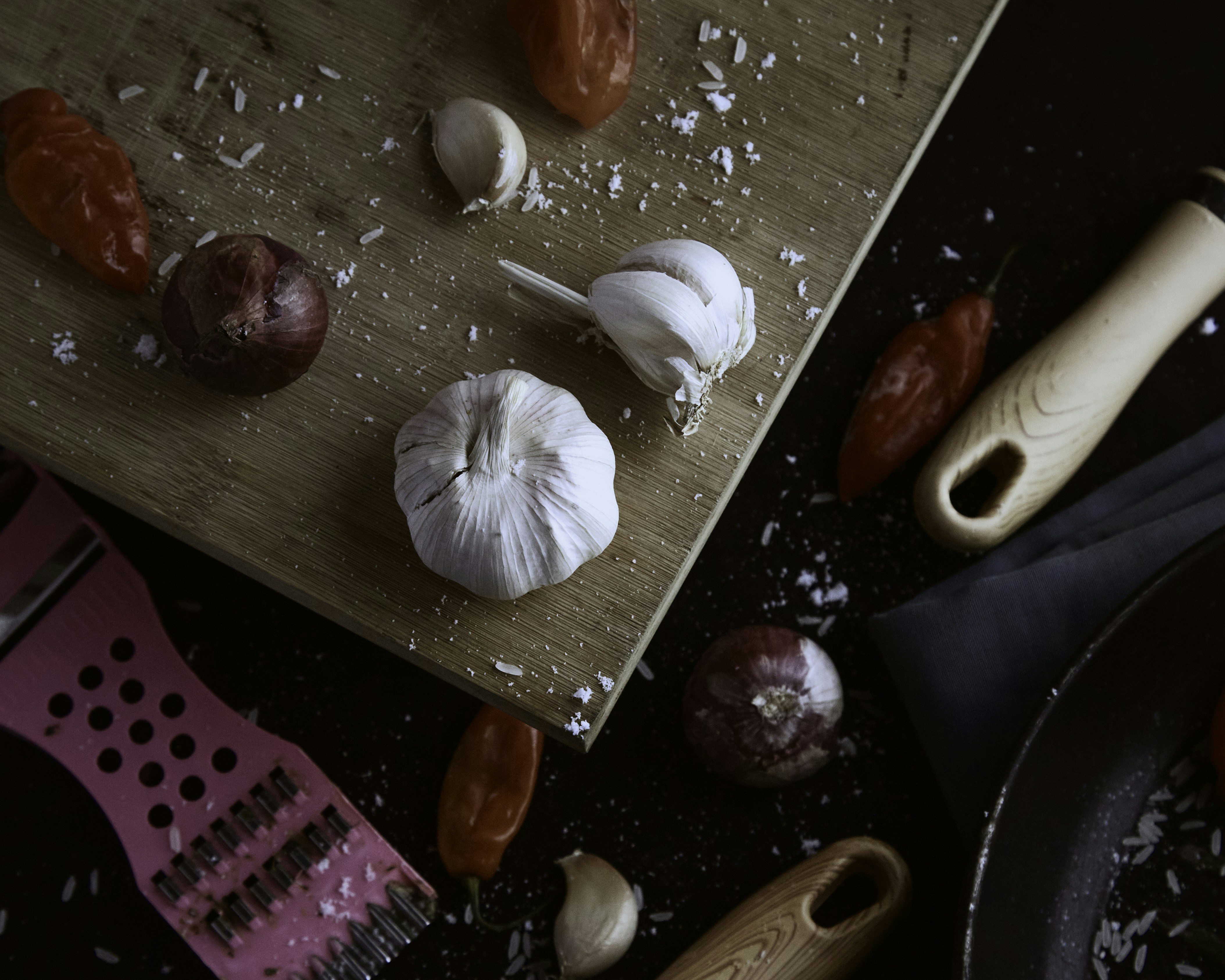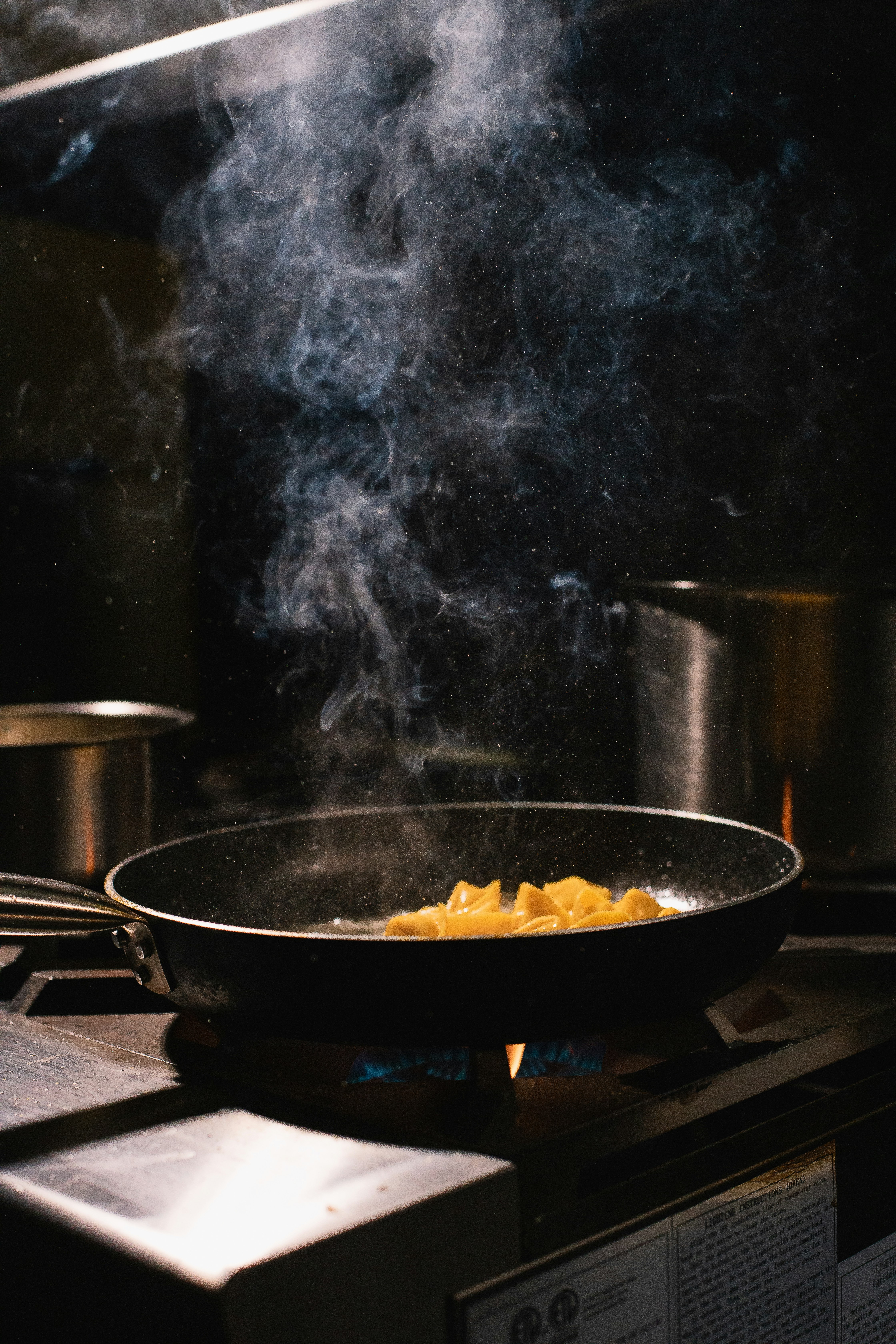Culinary Chronicles: Rediscover Historical Cooking Techniques Today
Have you ever wondered how our ancestors cooked their meals and what culinary secrets they might hold for modern kitchens? In a time when convenience often overshadows tradition, a rich tapestry of ancient cooking techniques awaits rediscovery. Understanding these historical methods not only enriches our culinary experience but also connects us with the cultural narratives woven into every dish. In this article, we will explore some forgotten cooking techniques like using clay pots, smoking meats over distinct woods, and fermenting foods traditionally. Additionally, we'll offer modern adaptations of these methods, ensuring that thrilling flavors and unique textures can be achieved right in your home kitchen.
The Art of Cooking with Clay Pots: A Timeless Technique
Throughout history, clay pots have been a fundamental tool in many cultures, providing a direct link to the earth and enhancing the flavors of the food cooked within them. The porous nature of clay allows for even heat distribution, which helps in retaining moisture and nutrients. Cooking with clay pots also adds a unique, rustic flavor to dishes that modern cookware simply cannot replicate.
Many contemporary cooks are beginning to rediscover the charm of clay pot cooking. For instance, preparing a vegetable stew or rice dish in a clay pot can amplify the natural flavors of the ingredients while emphasizing a slow simmer that allows flavors to meld beautifully. To adapt this method, soak your clay pot in water for a few hours before cooking. This will help the pot release moisture during the cooking process, creating a steamy environment that mirrors ancient culinary practices.
One simple recipe to try is a Mediterranean Vegetable Stew. Begin by layering sliced onions, eggplant, zucchini, and bell peppers in your soaked clay pot. Season with olive oil, garlic, and herbs like thyme and rosemary. Cover the pot and simmer over low heat for about an hour, allowing the vegetables to develop a deep, rich flavor profile. The resulting dish will transport you to a sun-drenched village, reminding you of the beauty of simple, ancient cooking techniques.
For those interested in exploring more unique ways to infuse traditional practices into your cooking, consider checking out Culinary Time Travel: Rediscover Historical Dishes in a Modern Way for more inspiration.
Smoking Meats Over Specific Woods: Flavor Profile Extravaganza
Smoking is another age-old technique used in various cultures worldwide to preserve meat and enhance its flavor. The choice of wood can dramatically alter the taste of the smoked meat, adding complexity that transports the eater to the landscapes from which the wood originates. For instance, hickory is known for its strong, hearty flavor, while fruit woods like apple or cherry provide a noticeably milder and sweeter profile.
To bring this age-old technique into your home kitchen, consider investing in a stovetop smoker or a smoking gun. These tools allow you to explore a wide range of flavors without needing an extensive outdoor setup. Simply rub your choice of meat—be it chicken, pork, or beef—with your desired spices and herbs, place it in the smoker, and allow the smoke to work its magic.
Try smoking pork loin over apple wood, complemented by a marinade of olive oil, garlic, and a hint of maple syrup. After several hours of smoking, you will have an incredibly tender and flavorful dish that pays homage to traditional methods.
For further insights into how food can affect your mood and energy levels through various cooking techniques, visit our post on Gastronomic Hormones: Cooking Techniques that Boost Mood & Energy.
Fermentation: A Culinary Renaissance
Fermentation is an age-old skill that has seen a significant revival in recent years. This technique involves the breakdown of sugars by bacteria and yeast, leading to the creation of luscious flavors and the development of beneficial probiotic properties. Cultures worldwide have embraced fermentation in countless ways—from Korean kimchi to sauerkraut in Germany.
To incorporate fermentation into your modern cooking, start with a simple project: homemade sauerkraut. Thinly slice green cabbage, sprinkle it with salt, and compact it tightly in a jar, allowing the natural fermentation process to take over. After several days, you will have a tangy, crunchy condiment that pairs beautifully with myriad dishes, from grilled meats to hearty salads.
Additionally, check out Cooking with Colors: Use the Rainbow to Boost Mood and Flavor to enhance your fermented creations and contribute to their visual appeal.
Beyond the Kitchen: Culinary Techniques Inspired by History
Embarking on the journey of rediscovering ancient cooking methods allows for a deeper connection to food. By utilizing these time-tested techniques, we can create meals that are not only delicious but also steeped in historical significance and cultural richness.
Here are some modern applications of historical techniques to consider:
The Slow Cooker: Modernizing Ancient Stews
While it may seem contemporary, the slow cooker is reminiscent of traditional cooking methods, allowing flavors to meld over an extended period. Take inspiration from historical stews—like a Moroccan tagine—and recreate it in a slow cooker. Layer meats and veggies with fragrant spices, and let it cook slowly for hours, allowing the flavors to develop deeply.
Preserving with Salt: Reviving Ancient Preservation Techniques
Preservation was necessary for our ancestors to ensure food accessibility during winter months. Reincarnate this method by curing fish or meats with salt, following steps reminiscent of time-honored practices. Not only will you extend shelf life, but you'll also cultivate flavor in an authentic way.
Cooking with Seasonal Ingredients: Getting Back to Basics
Prioritizing local, seasonal ingredients harkens back to ancient culinary techniques. Try to source your ingredients from farmers' markets to infuse freshness and respect for the environment into your dishes. This practice not only supports local farmers but also enables you to embrace the flavors of various seasons.
Crafting Spices with Care: Drawing on Historical Flavor Profiles
Explore the alchemy of spices by creating your own spice blends inspired by historical recipes. Ship yourself to India’s spice bazaars or the Mediterranean with the right combinations of herbs and spices. Pair those blends with dishes like roasted vegetables, meats, or grains to elevate the whole meal.
Final Thoughts: Respecting Culinary Heritage, One Dish at a Time
As we delve into ancient cooking techniques, it becomes clear that these methods offer a wealth of inspiration and taste. By reviving these practices and infusing them with our modern sensibilities, we can boldly honor the legacies of those who came before us. From cooking in clay pots to crafting unique spice blends, every dish becomes a homage to culture, creativity, and history.
So why not take a page from the past and explore the depths of flavor that these old techniques provide? Invite your friends and family to gather around the table for a meal that transcends time, celebrating the fusion of ancient and contemporary cooking. Lastly, venture into Cooking with Colors: Discover Nutritional Benefits & Flavor Today to tie in colors that energize and lift the spirit, making your culinary journey even more vibrant and flavorful.
Explore culinary history with ancient techniques like clay cooking and fermentation, adapted for modern kitchens. Discover rich flavors and cultural significance.











